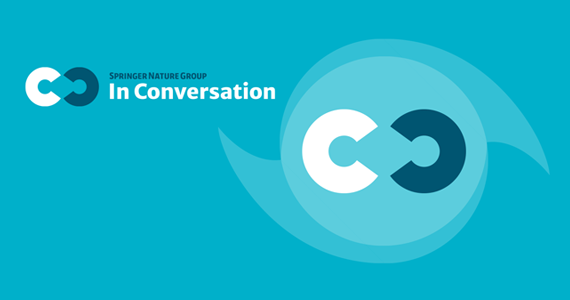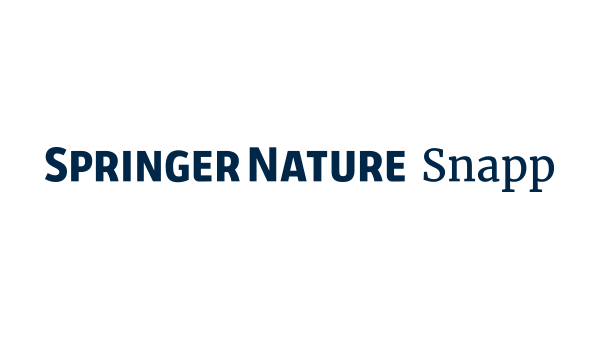Automated checks
Before a paper even reaches our editors, our submissions platform acts as a filter, with a number of automated initial quality checks, assisted by AI tools. This can include checking for duplicate submissions, retracted references and AI generated nonsense text. Decisions are verified by a human in the loop.
Did you know our new submission platform Snapp filtered 60% of journal articles out of the publishing system due to such reasons in 2024.
Initial quality checks
Our journal editorial offices conduct checks via early proofs which can include checking for figures, citations and references, tables re the positioning, captions, or if missing where cited, ethics statements, declarations, author contributions, clinical trial issues, funding information.
Did you know in 2024 our specialist integrity team detected over 8,000 papers, pre-publication, as problematic. Such articles were identified by enhanced integrity pre-publication processes before and in addition to editorial and peer review checks. The integration of new suite of AI powered tools helped to further support these pre-publication checks, but always with human oversight.
Initial editor assessment
Alongside our internal ·čżÍÖ±˛Ą editors, we work with over 174,000 highly skilled external academic editors worldwide, who do an initial evaluation for each paper, checking for things such as scope, novelty, plagiarism and image manipulations.
Peer review and editorial decision
Peer review is a critical part of the scientific process. We work collaboratively with over 1.2million highly skilled independent reviewers, who are experts in their field, to assess the quality and integrity of scholarly work. A final editorial assessment follows peer review, after which a publication decision is made. At this point if any integrity issues are present, additional checks can be requested and supported by our highly specialised integrity team.
Post publication scrutiny
Publication is a process by which research is communicated to the wider academic community, allowing the findings to be built upon. This results in broad and expert scrutiny and may occasionally lead to concerns being identified by researchers, including peers, integrity sleuths or the authors themselves. In these cases our specialised research integrity team investigates, leading to editorial actions, including retractions, being taken as appropriate.









